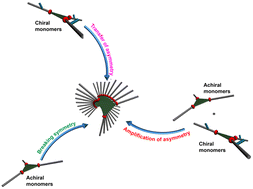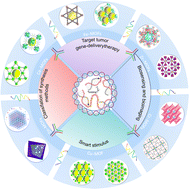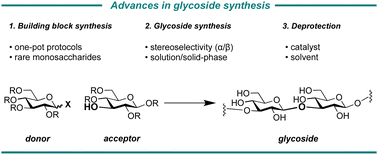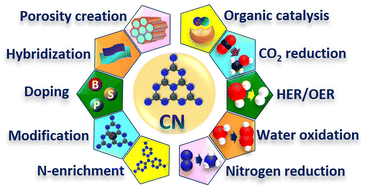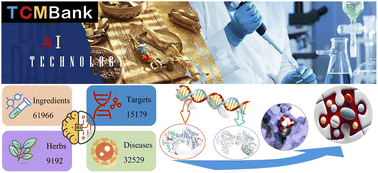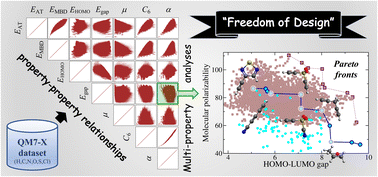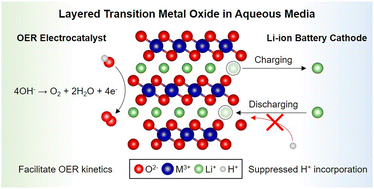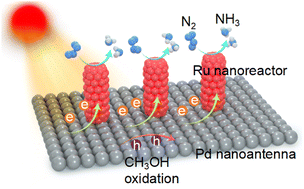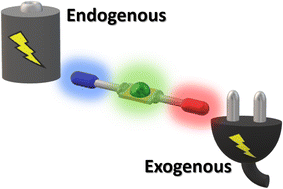Chem. Soc. Rev., 2023, Advance Article
DOI: 10.1039/D3CS00470H, Review Article
DOI: 10.1039/D3CS00470H, Review Article
 Open Access
Open Access This article is licensed under a Creative Commons Attribution-NonCommercial 3.0 Unported Licence.
This article is licensed under a Creative Commons Attribution-NonCommercial 3.0 Unported Licence.Fátima García, Rafael Gómez, Luis Sánchez
Within the field of supramolecular polymers, chiral supramolecular polymers are an excellent benchmark to generate helical structures that can clarify the origin of homochirality in Nature or to find out new exciting functionalities of organic materials.
To cite this article before page numbers are assigned, use the DOI form of citation above.
The content of this RSS Feed (c) The Royal Society of Chemistry
Within the field of supramolecular polymers, chiral supramolecular polymers are an excellent benchmark to generate helical structures that can clarify the origin of homochirality in Nature or to find out new exciting functionalities of organic materials.
To cite this article before page numbers are assigned, use the DOI form of citation above.
The content of this RSS Feed (c) The Royal Society of Chemistry

